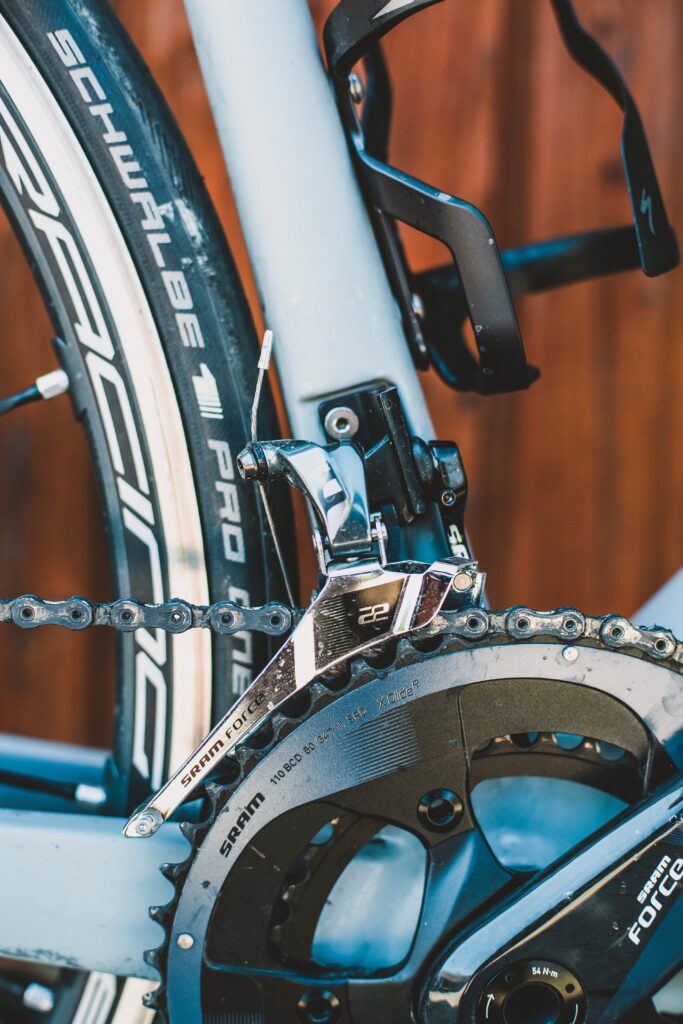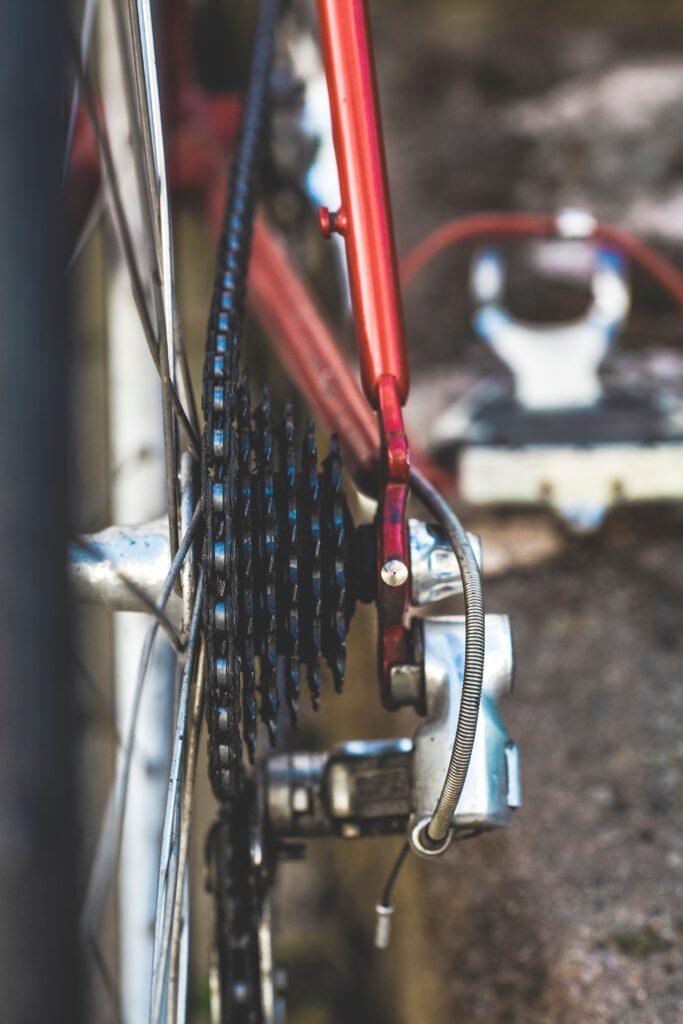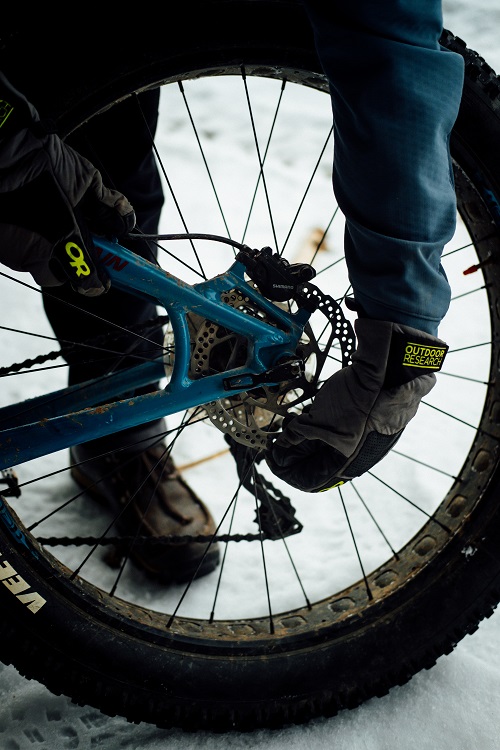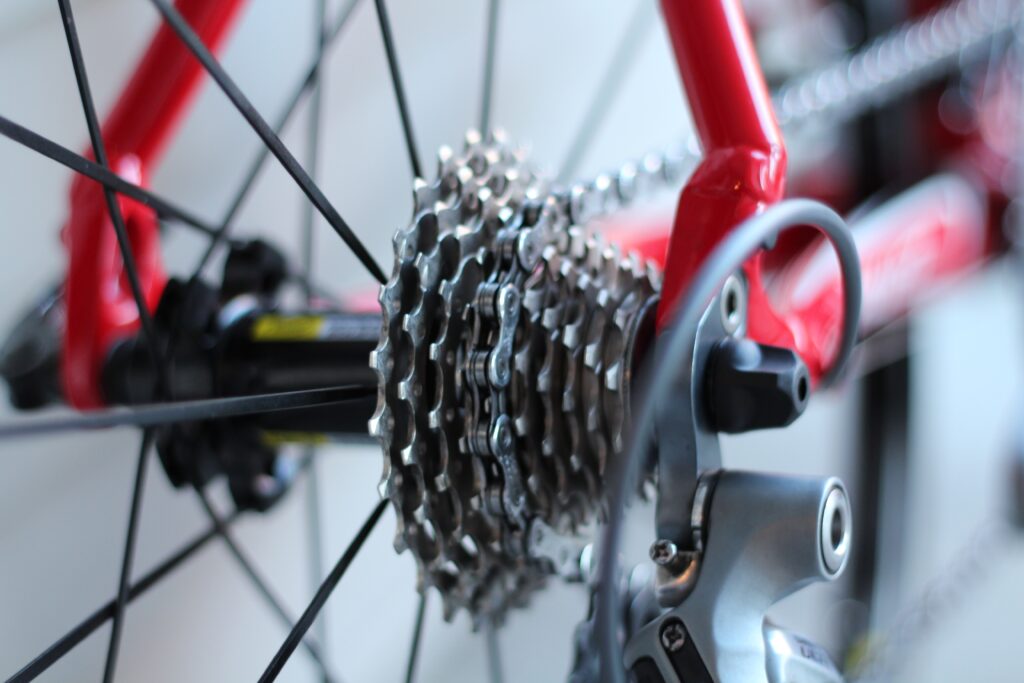How to Clean Your Bike Chain
A bike is a vehicle, a means of transportation, and whether you’re a new owner of a bike or if you’re finally caving in on learning about a little bike upkeep and maintenance, you have to first understand that your bicycle is not a toy—it’s actually something that should be taken much more seriously.
If you focus on maintaining your bicycle, you’ll be able to extend its life and enjoy or get use out of it for much, much longer.
In this article, we’re going to help you with your bike care, teaching you how to clean your bike chain at home. We’re going to go over the tips and tricks that even the pros use to keep their bikes clean and functional.
There are so many different methods and recommendations when it comes to learning how to clean your mountain bike properly—or your racing or road bike. To help you sort out which tips to follow, we’re going to go through the options in each theory that promises to make your bicycle shine.
First and foremost, let’s clear the air when it comes to cleanliness:
Why Should You Keep Your Bike Chain Clean?

When your first start riding your bike, it will be greased to help the gears move as smoothly as possible. This is totally normal! You shouldn’t be thinking about cleaning the grease off—this is actually grease that you need in your life (other than greasy pizza, of course).However, as you ride your bike, the functional grease will start to attract dirt and other debris.
From sand to dirt to microscopic dust, all of these components when built up together will cause friction in your bike’s gears. This will slow your bike down, since the chain of the bike is designed to transfer clean energy to its wheels and enable them to move.
However, if the chain isn’t clean, the energy won’t be either, thus disturbing your bike’s function.
The dirtier your chain is—or the longer you go without cleaning it—the more inefficient your bike will function. And just like with any nice thing, the dirtier it is in general, the shorter the lifespan becomes.
Okay, I know I need to clean it now—but how often should you clean your bike?
Whether you’re a BMX pro or you ride your bike down to the beach sometimes, how often you should maintain your chain depends on a few different factors—from
your riding schedule to riding locations.
Your maintenance schedule can also change depending on the type of lubricant you use.
1) Your riding schedule:
If you’re a competitive cyclist who likes to ride long distances, then you’ll most likely need to constantly and consistently clean your chain. The longer you ride your bike, the more often you’ll need to clean it up—as most as every few days!
If you’re a not-so-consistent rider, cleaning your chain can be done from once every month to only once every few months.
2) Your riding locations:
If you’re planning on sticking to paved roads, you might not have a lot of meetings with the dirt, sand, mud, and debris that you would otherwise find off-roading.
However, if you’re living—or at least riding—on the wild side, then your bike chain is going to get much dirtier, much more often. If you’re constantly riding near sand, gravel, dirt, and mud, then just be aware that not only are your wheels tracking mud, your chain will also attract debris, which will need to be taken care of.
3) Your lubricant type:
If you haven’t invested in a very expensive bike, you most likely won’t need a very expensive chain lubricant. However, if you’re doing your research, you’ll come to find that there are different types of lubricants for different types of bikes and chains.
The high-quality lubricants are generally going to provide your chain with more protection for the longer-term. This means the higher the lubricant quality, the less often you’ll actually have to clean your chain (less work for you)!
How to Clean Your Chain:
Ok, let’s get down to the nitty-gritty (literally)—and figure out how to actually clean your chain.
Whether you’re going to be going with our choices of optional but highly recommended chain tool degreasers or choose one on the market, getting the tools and equipment you need beforehand can help you prepare for the process to come.

Having enough product in storage can also help keep you from running (or biking) to the store to load up on more product.
If you’re new to cycling, it can be hard to judge when it’s time to clean your chain. However, by using these tips and calculating the distance cycled since the last time your chain was cleaned, you can judge whether it’s time to get scrubbing (not literally).
Properly inspecting the chain means checking the lube on it to see if it has changed from its original color (which would mean that you should remember what it looks like before). If there is a change in shade or color, that means that there are debris and dirt that need to be cleaned.
If you’re keeping track of your distance or if you simply can estimate how many miles you ride regularly, this can also help you effectively judge when it’s time for your chain to get a cleaning. Depending on the manufacturer of your bike maker, it is generally recommended that you clean your bike’s chain every 200 miles—however, if you tend to ride on rougher (dirtier) surfaces, cleaning time might be sooner than that.
How to Clean your Bike Chain with Household Products

Whether you’re learning how to clean your bicycle cassette (the group of sprockets on the rear hub of your bike) or your chain, you’ll be pleasantly surprised to learn that you don’t have to splurge on specific products—it can be done effectively with the traditional household products that you have in your own cleaning closet already!
The good news is that most commonly available household products are going to be void of damaging chemicals that can harm the chain itself and the environment around us.
So, if you choose to take this route and use household products, you’ll also need some gloves, some soft rags (or old t-shirts will do), and a tarp to work on (or do so on grass or some other floor that can get dirty and be hosed down).
Steps to clean:
- First, you need to remove the chain on the bike.
If you’ve never done this before, this can be tricky as you should remember how it looks before you’ve taken it off (this can help you put it back on). Also, we would recommend watching Youtube video tutorials if you need any more help.
- Once the chain’s removed, grab a plastic container large enough to soak the chain in.
Fill up the container with a bike degreaser or your household product. The container should be big enough that the entire chain fits in, completely submerged. It’s also helpful if you are able to close the container, since you’ll be leaving that chain to soak for 20-30 minutes (or longer depending on the state of your chain).
Alternatively, if your degreaser comes in a spray bottle, you can spray the chain thoroughly and leave it for 20-30 minutes with the product on.
- Remove the chain from the container and clean it.
Using kerosene or turpentine or even dish soap, clean the chain thoroughly until all the grease is removed. Let the thoroughly cleaned chain dry for an hour—but make sure it isn’t left out all day! This can lead to rusting.
- After thoroughly letting it dry, place the chain back on.
Once this is done correctly (please double-check that you’ve done it right!), then lubricate all parts of the chain as you rotate the pedals.
- Test it out.
After completely lubricating the chain, do a few revolutions with your hands on the pedals, if it turns smoothly, your chain has properly been cleaned!
Last-Minute Tips
You can also alternatively use a bike chain-cleaning device, which is a method that doesn’t require you to remove the chain, at all! If you’re doing quick maintenance (in-between full cleaning times), you can also clean up most of the built-up dirt and debris with a rag and some degreasing solvent, by rotating the chain and cleaning at the same time.
It’s also important that you check your chain periodically—not only for dirt and debris—but also for wear and tear. Especially if you ride your bike often or do so for long periods of time without maintenance, you can pick up on any signs that you’ll need to replace it or other gears or parts.
We hope that this article has helped you learn more about chain cleaning, maintenance, and how to best care for your bike and all of its parts! Just like with any vehicle or means for transportation, taking regular care is very important to maintaining quality and lengthening its lifespan.

